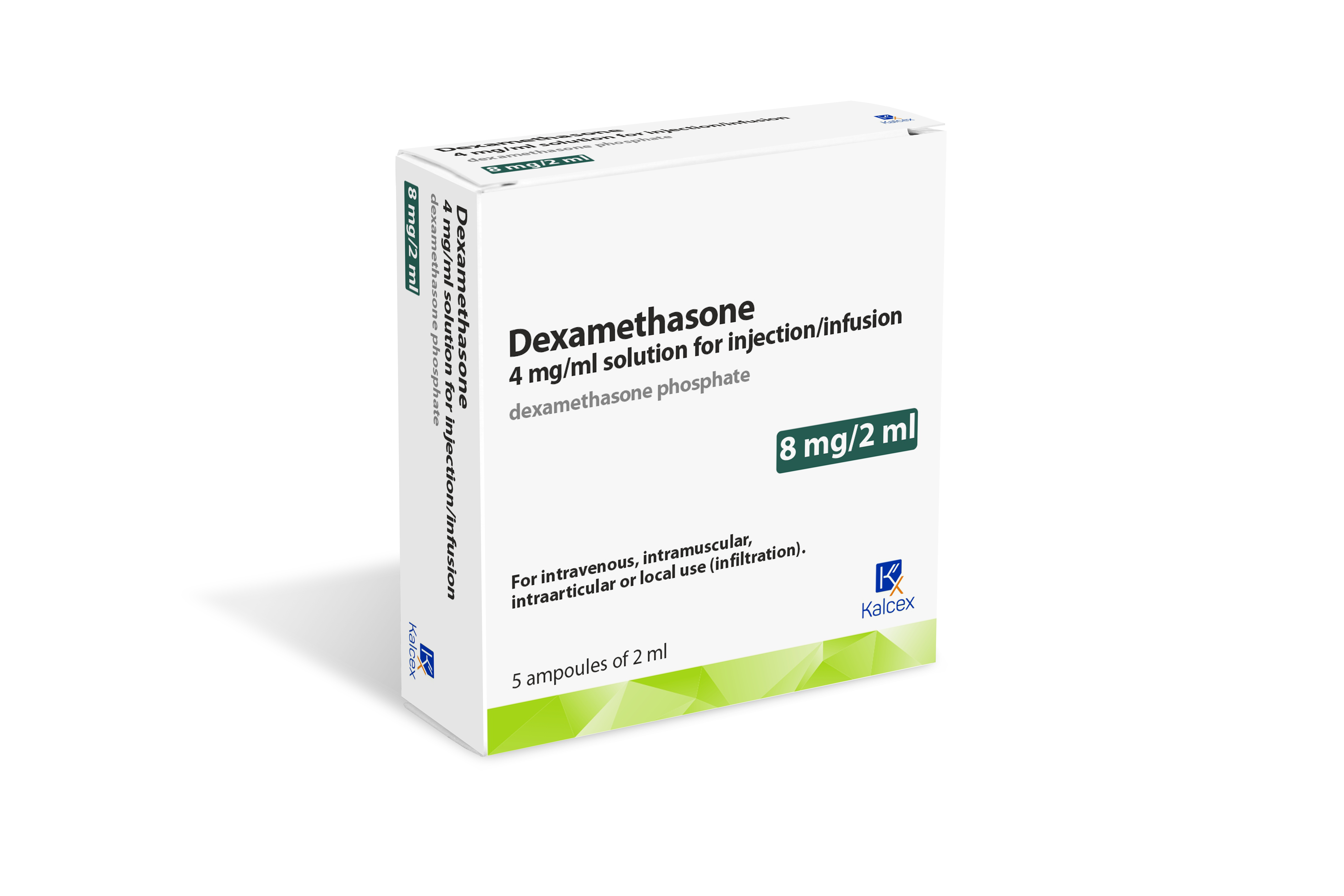When navigating the complex world of health insurance, two terms often come up: out-of-pocket (OOP) and deductible. While these terms are related, they represent different aspects of your healthcare expenses. Understanding the distinction between them is crucial for managing your medical costs effectively.
To begin with, let’s define each term. The deductible is the amount you must pay out of your pocket for healthcare expenses before your insurance plan starts to cover costs. This is a yearly amount that, once met, triggers your insurance coverage for the remaining expenses, often with some cost-sharing mechanisms like copays or coinsurance. On the other hand, out-of-pocket expenses refer to any healthcare costs that you pay directly, including the deductible, copays, coinsurance, and sometimes costs for services not covered by your plan.
Consider a scenario where your health insurance plan has a deductible of 1,500. Until you spend 1,500 on healthcare expenses, your insurance won’t kick in to help with costs. Once you’ve met the deductible, you might enter a phase where you pay a percentage of your medical bills (coinsurance), and perhaps fixed amounts for doctor visits (copays). All these payments, including the initial deductible, are considered out-of-pocket expenses because they are paid directly by you.
Here’s a breakdown to help clarify the process:
- Deductible Phase: You pay 100% of your medical expenses until you reach the deductible amount ($1,500 in our example).
- Coinsurance Phase: After meeting the deductible, you might pay a percentage of your medical expenses (e.g., 20%), while your insurance covers the remaining percentage (e.g., 80%).
- Copays: For certain services like doctor visits or prescription medications, you might pay a fixed amount (e.g., $20 for a primary care visit), regardless of the actual cost.
- Out-of-Pocket Maximum: There’s a limit to how much you have to pay out of your pocket in a year. Once you reach this maximum, your insurance usually covers 100% of eligible expenses for the rest of the year.
The relationship between deductible and out-of-pocket expenses is that the deductible is a component of your out-of-pocket expenses. Meeting your deductible is the first step towards your insurance coverage kicking in, but it’s just one part of your overall out-of-pocket costs. Think of the deductible as the initial hurdle you must clear before your insurance starts to share the costs with you.
For individuals and families, understanding this distinction can help in choosing the right insurance plan. For instance, a plan with a lower deductible might seem appealing because it requires less upfront cost before insurance coverage begins. However, such plans often come with higher premiums (the monthly cost of your insurance). On the other hand, a plan with a higher deductible might have lower premiums but requires you to pay more out of pocket before your insurance coverage starts.
To make informed decisions, consider your healthcare needs and financial situation. If you anticipate needing a lot of medical care in a year, a plan with a lower deductible but higher premium might be more cost-effective for you. Conversely, if you’re generally healthy and don’t expect many medical expenses, a higher deductible plan with lower premiums could save you money.
Here’s a practical example to illustrate the difference:
- Plan A: 500 deductible, 20% coinsurance, 5,000 out-of-pocket maximum, and a $300 monthly premium.
- Plan B: 2,000 deductible, 20% coinsurance, 6,000 out-of-pocket maximum, and a $200 monthly premium.
In this scenario, Plan A has a lower deductible and out-of-pocket maximum but a higher monthly premium. Plan B, with its higher deductible and out-of-pocket maximum, comes with a lower monthly premium. The choice between these plans would depend on your anticipated healthcare needs and your budget for both premiums and potential out-of-pocket expenses.
FAQ Section
What is the main difference between deductible and out-of-pocket expenses in health insurance?
+The deductible is the amount you must pay before your insurance starts covering costs, while out-of-pocket expenses include the deductible plus any other costs you pay for healthcare, such as copays and coinsurance, up to your plan's out-of-pocket maximum.
How do I choose between a health insurance plan with a high deductible and one with a low deductible?
+Consider your expected healthcare needs. If you anticipate high medical expenses, a plan with a lower deductible might be more suitable, despite its higher premiums. For fewer expected expenses, a higher deductible plan with lower premiums could be more cost-effective.
What happens after I reach my out-of-pocket maximum?
+Once you've reached your out-of-pocket maximum for the year, your health insurance plan typically covers 100% of eligible expenses for the remainder of the year, meaning you won't have to pay any more deductibles, copays, or coinsurance for covered services.
In conclusion, understanding the nuances between deductible and out-of-pocket expenses is essential for navigating the healthcare system effectively. By recognizing how these components of your health insurance plan work together, you can make informed decisions about your healthcare coverage and manage your medical expenses more efficiently. Whether you’re considering a new insurance plan or managing your current one, being aware of these distinctions can lead to better financial planning and healthcare outcomes.



